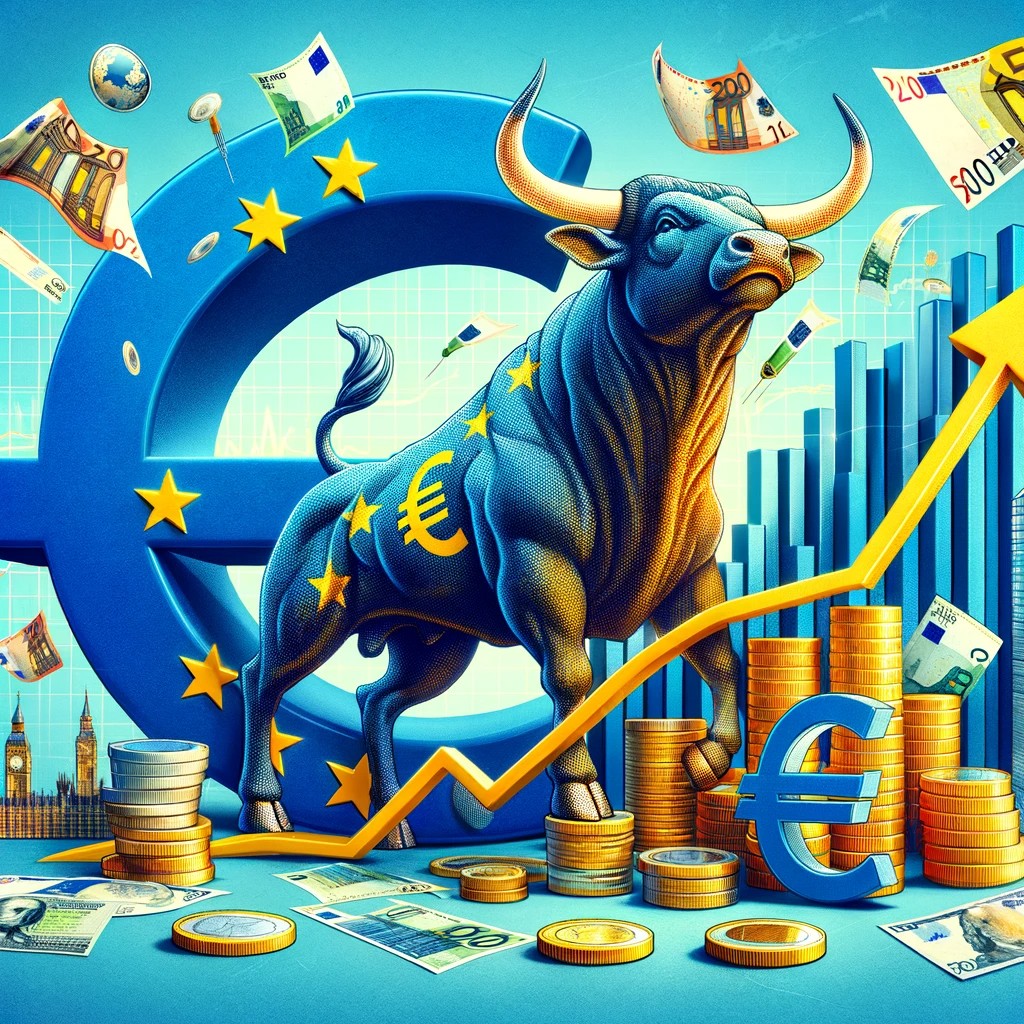The Eurozone’s economic landscape is currently under the microscope, scrutinized for its inflation trajectory and the broader implications for global markets. Amidst this economic tightrope walk, a sense of overconfidence seems to permeate investors’ outlook regarding the Eurozone’s ability to rein in consumer price growth. Ana Botin, Chairman of Banco Santander SA, has raised the flag, suggesting that the market’s optimism might be excessively rosy. The journey to temper inflation back to the desired 2% target is no walk in the park, especially when the starting point hovers around 3%.
The Inflation Dilemma and Interest Rate Conundrums
The dance with inflation in the Eurozone is akin to a complex ballet, full of intricate moves and unexpected turns. While a recent gauge of future inflation points to an average pace of around 2.25% from 2029-2034, the path to this destination is anything but straightforward. December saw a worrying re-acceleration to 2.9%, snapping a seven-month streak of declines. This uptick aligns with the European Central Bank’s (ECB) cautionary stance that the rapid deceleration observed last year might not be a recurring theme in 2024.
Markets, in their ever-optimistic spirit, are wagering on a cut in borrowing costs as early as April 11. However, ECB officials, including Chief Economist Philip Lane, urge a more measured approach, emphasizing the need to wait for key wage numbers due later in the month. The consensus among policymakers is tilting towards a potential move in the summer, suggesting a more cautious and reactive strategy.
As of December 2023, the inflation rate in the European Union stood at 3.4 percent. This figure masks the varied inflationary experiences across the region, with Czechia grappling with a hefty 7.6 percent rate, while Belgium enjoys a relatively low rate of 0.5 percent. This disparity highlights the uneven economic recovery across the Eurozone, complicating the ECB’s policy decisions.
Rising Energy Costs and Global Inflation Trends
The Eurozone’s economic revival post-COVID-19 has been nothing short of a rollercoaster ride. The reopening of economies in 2021, while a sign of resilience, also unleashed a series of inflationary pressures. Supply chain disruptions, travel restrictions, and labor market challenges have all converged to push prices upwards. Notably, the energy sector, pivotal in any economy’s fabric, has been a significant contributor to the rising cost of living, with the transport sector feeling the most heat.
This inflationary trend is not a Eurozone-exclusive affair. Across the pond, the United States recorded a 40-year high in its consumer price index in December 2021, echoing the European experience. However, there’s a glimmer of hope that as these supply chain knots untangle, inflation levels might start to descend gradually over 2022.
Back in the Eurozone, December’s inflation spike to 2.9% from November’s 2.4% adds weight to the ECB’s decision to maintain high-interest rates. This increase, albeit technical in nature, underscores the complex dynamics at play, including the impact of government subsidies and fluctuating energy prices.
The structure of inflation is evolving, with policymakers now turning their focus to wage settlements and global political tensions, two elements with potentially lasting effects on prices. The geopolitical landscape, unpredictable at best, adds another layer of complexity, especially with recent events like the Suez Canal disruption hiking transportation costs.
Investors and policymakers are seemingly at a crossroads regarding interest rate predictions and inflation trajectories. While investors are betting on a series of rate cuts starting as early as March or April, policymakers are more guarded, possibly waiting until mid-2024 for a clearer picture. This disparity in views stems partly from the ECB’s historical missteps in accurately projecting inflation trends, particularly during the post-pandemic period.





